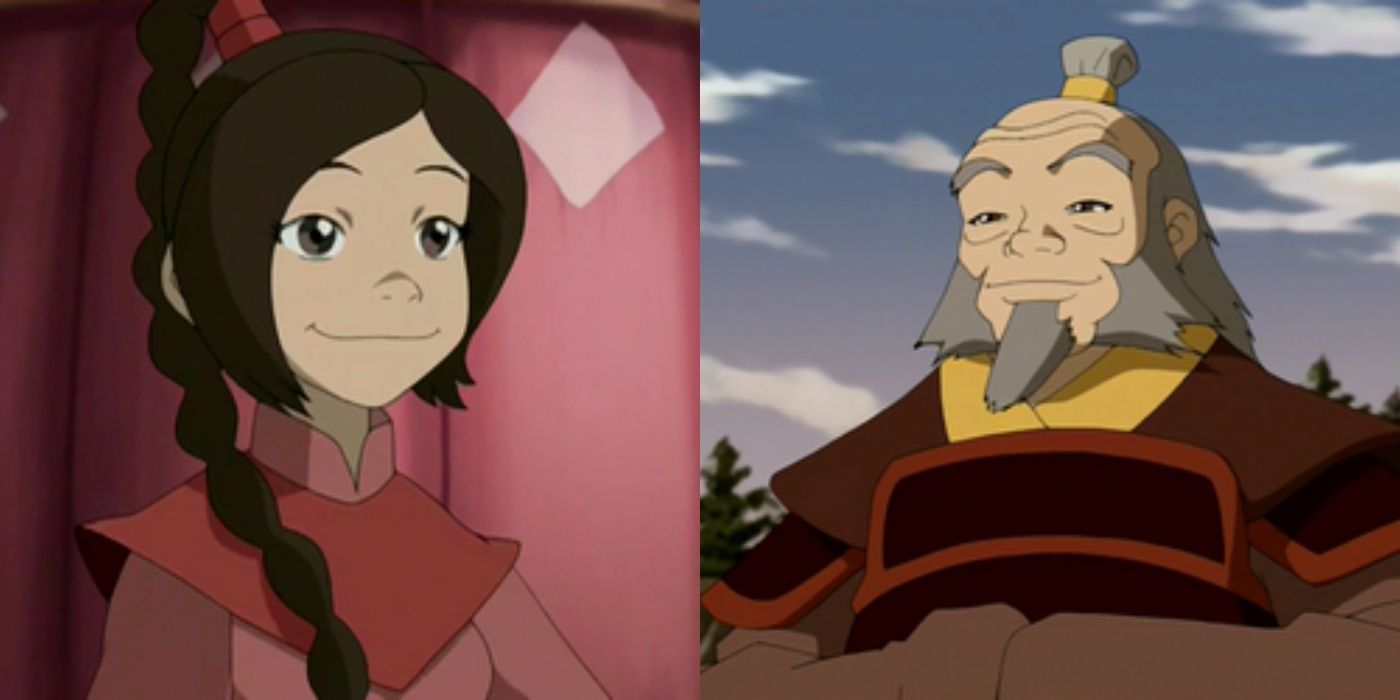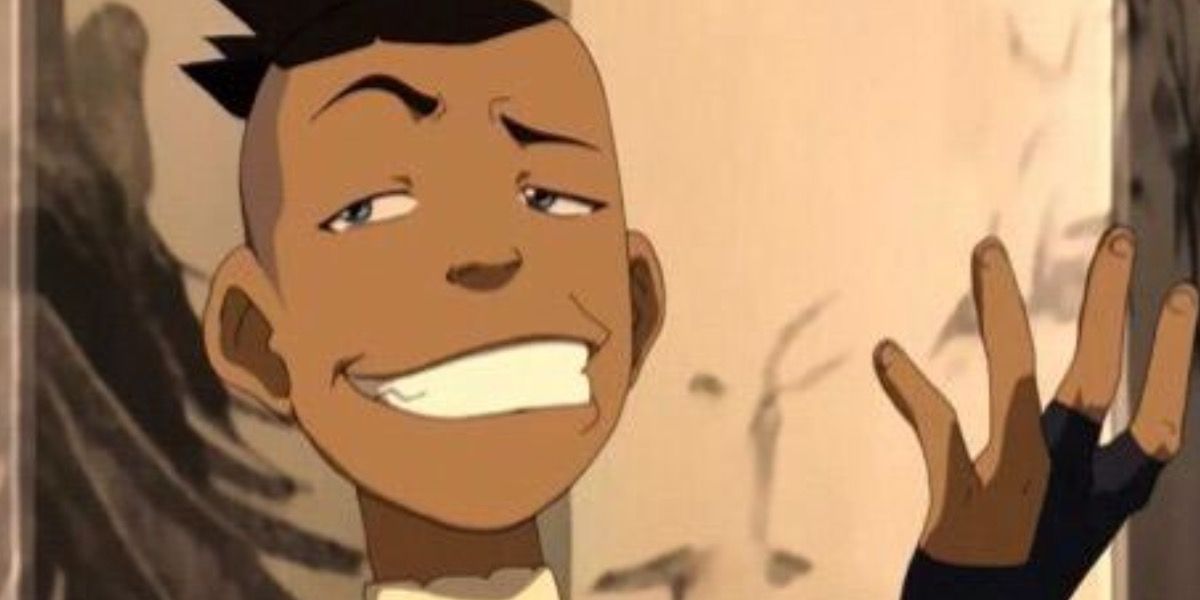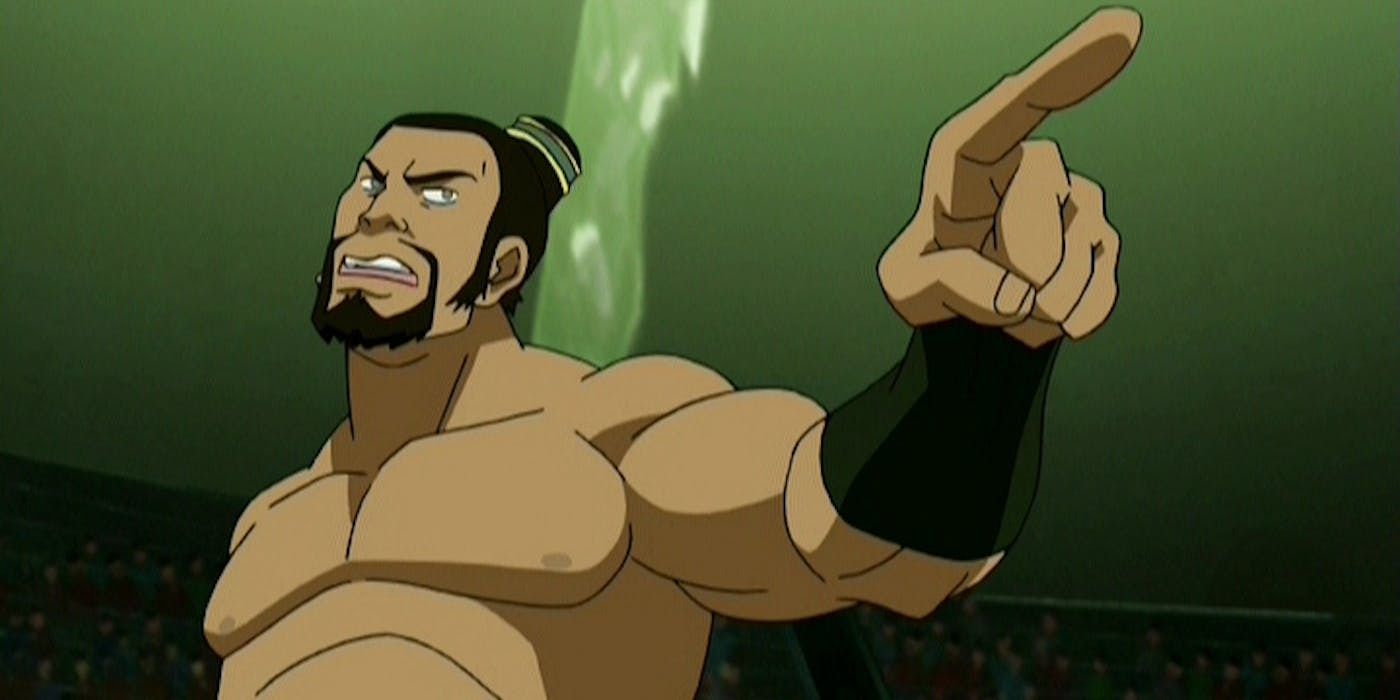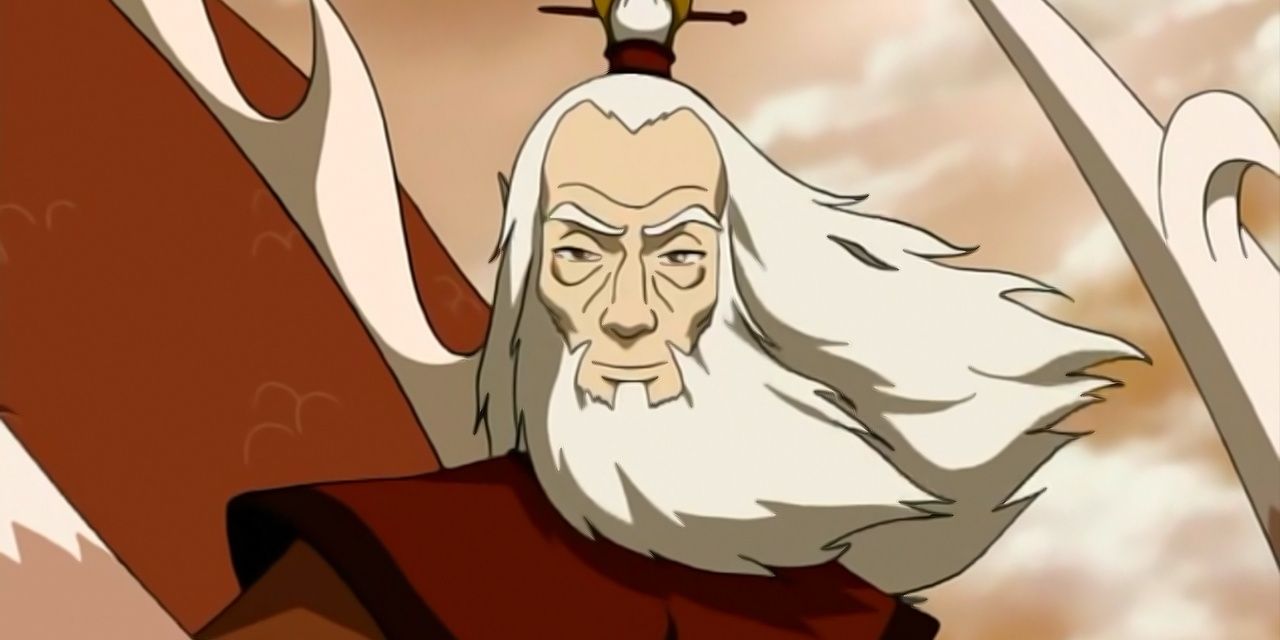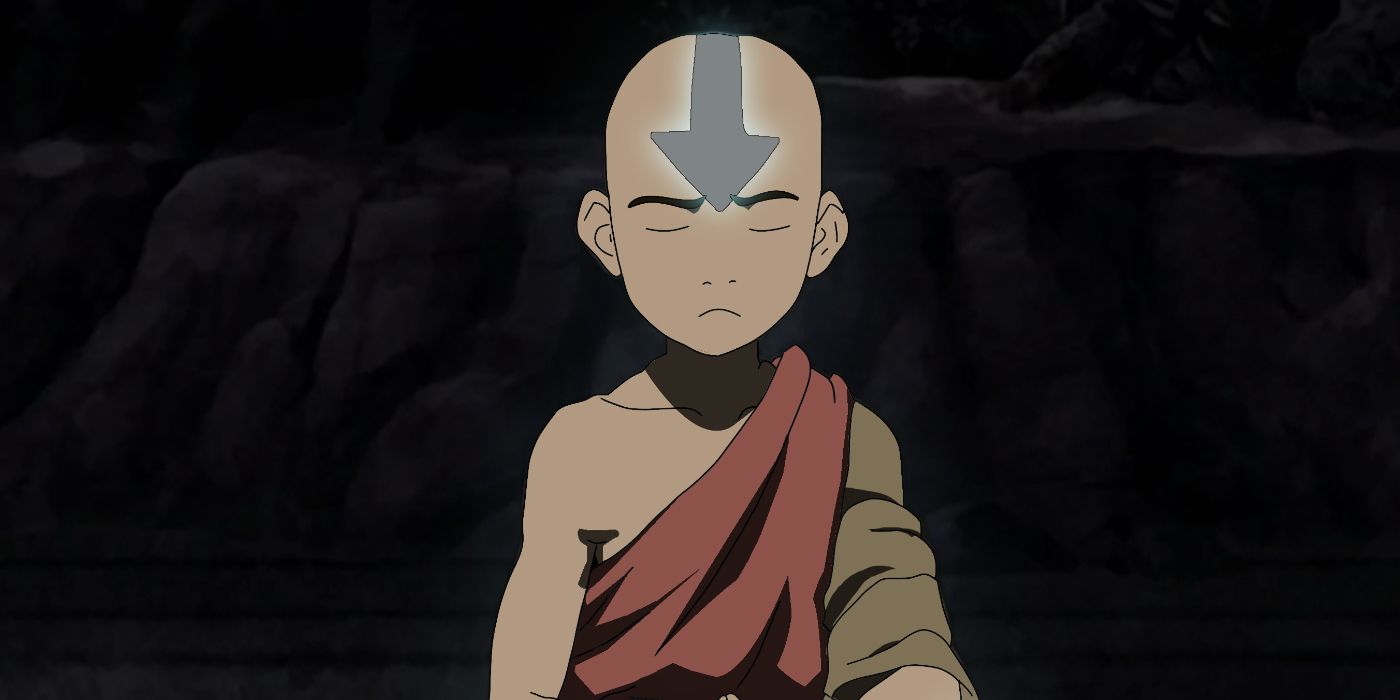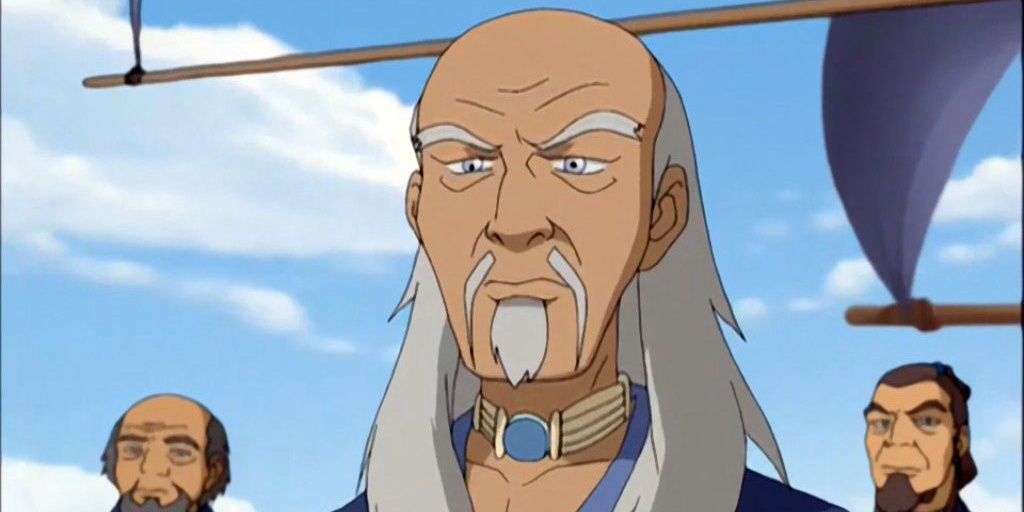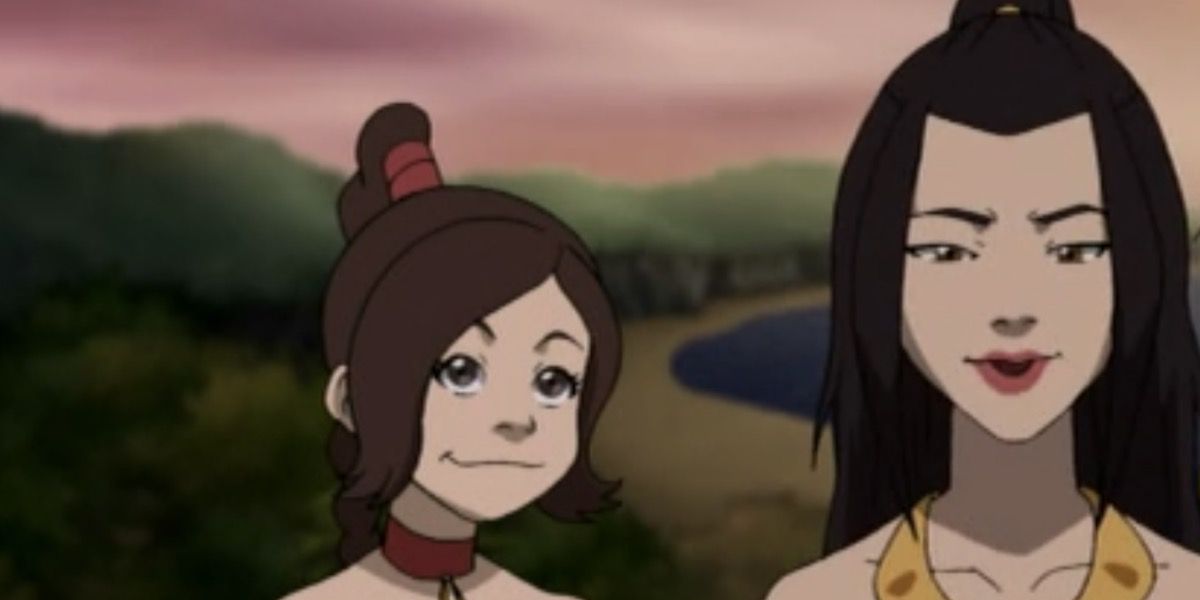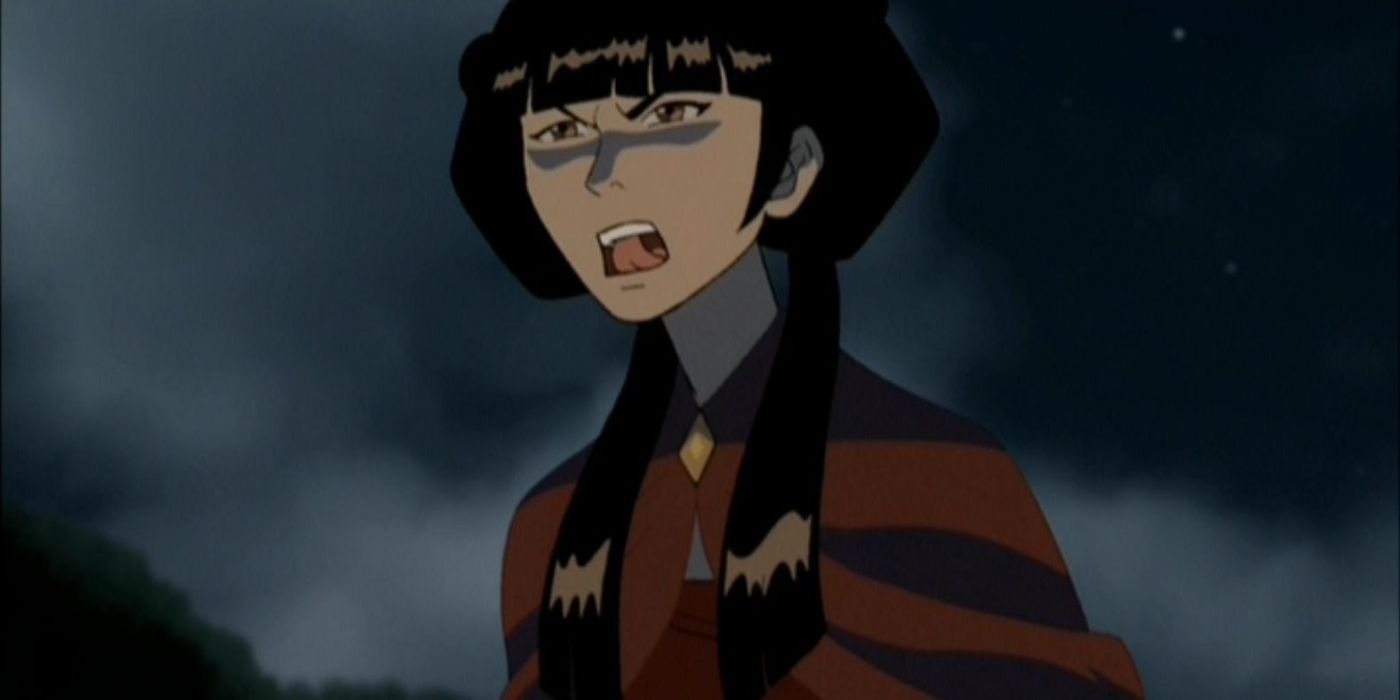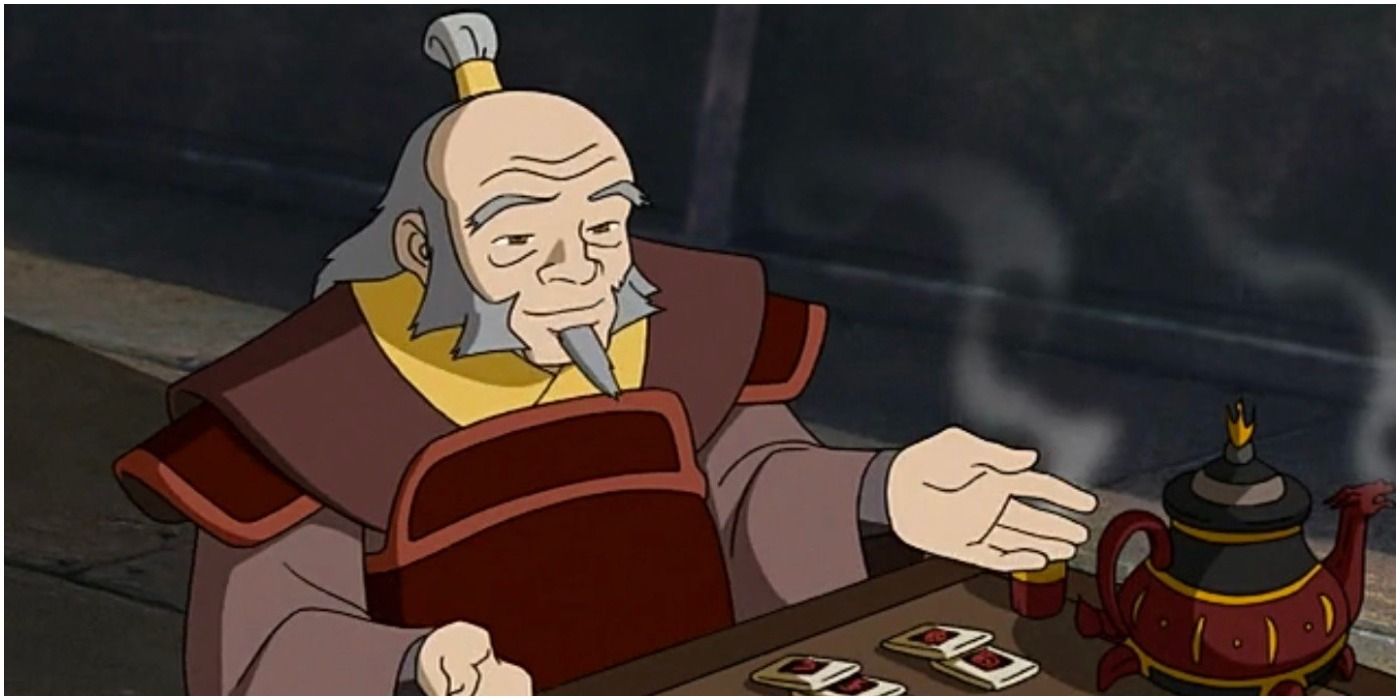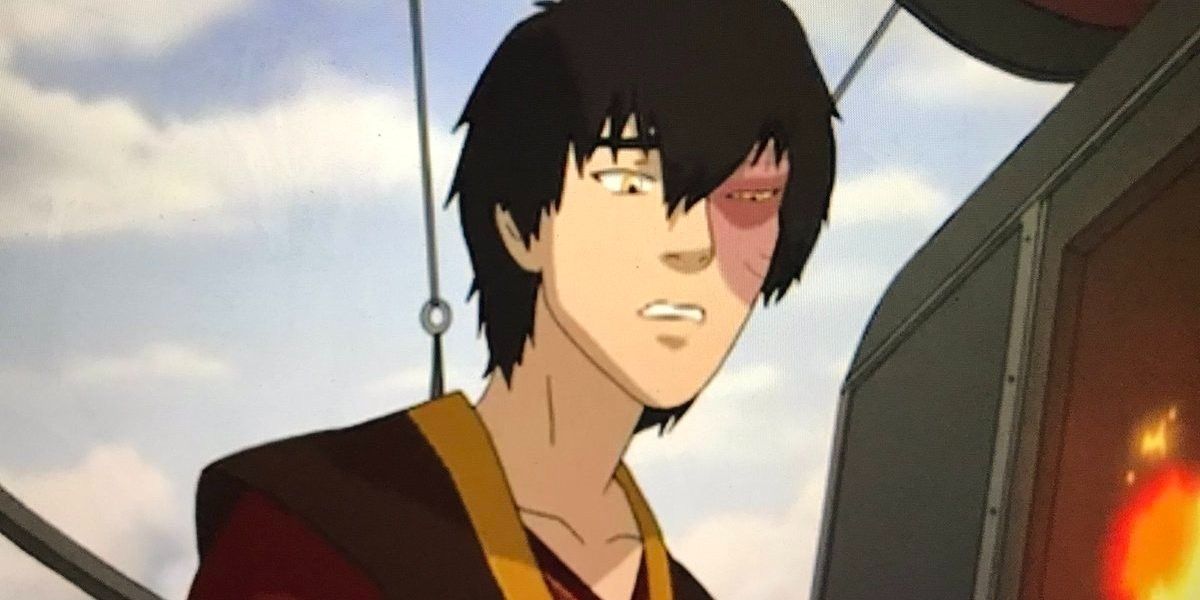Discussion about redemption arcs is common amongst fans of all kinds of television shows and movies, and some of these redemption stories are better than others. Avatar: The Last Airbender is one series that is often lauded for having a well-written and believable redemption story with Prince Zuko. However, Zuko's narrative isn’t the only one that contains a redemption of some sort.
There are many villains who evolve from antagonists to being on the side of Team Avatar, but some of these “redemption” arcs aren’t just about going from evil to good. There are other, subtler ways that a character, even a heroic one, can need redemption of some sort.
Sokka
It’s clear that Sokka is a good character from the beginning. He’s not evil or cruel, and he goes with Aang to help him learn bending and defeat Fire Lord Ozai. So, Sokka's redemption arc is not about going from bad to good. However, he does start out being rather narrow-minded and sexist, and he also thinks he’s a much better warrior than he is. But Sokka soon learns the error of his ways and becomes more equal-minded. Over the series, he becomes a great warrior and leader.
The Boulder
The Boulder isn’t exactly evil, but he’s definitely an antagonist when he’s first introduced. He’s Toph’s rival in the Earth Rumble Six tournaments, and he also is one of the characters who capture Toph and Aang to win the reward for the Blind Bandit. However, Boulder ends up being on the side of Team Avatar in the fight against the Fire Nation, and he even joins them in the invasion as an ally and fellow fighter.
Avatar Roku
Avatar Roku is a rather complex character. He was the Avatar before Aang, and he made some rather serious mistakes that lead to the Hundred Year War and the mess that Aang inherits. While he might not exactly get to make restitution for his refusal to stop the war before it started, fans do see the reasons why he didn’t want to fight against Firelord Sozin, so he becomes sympathetic.
Aang
Aang is obviously the show’s protagonist and the main hero of the story, and he’s a very good character who tries this best to save others and the world. However, he does get a small “redemption” arc of sorts in the first season. He blames himself for leaving the Air Temple during the storm and ending up in the ice for a hundred years.
Of course, he can’t completely be held accountable for what happened, and he was just a young kid who didn’t want to be taken away from his home to train. He’s eventually able to let go of his guilt over this and emerge as a better Avatar.
Master Pakku
Master Pakku might not be a bad guy, but he’s definitely not a very likable one at first. He’s a waterbending master who refuses to train Katara because she’s a girl. In one way, he’s not completely to blame on an individual level as this seems to be common in Northern Water Tribe society, but it still made him difficult to like. He was redeemed when he finally lets Katara train with him, but his reasons for doing so were not the most admirable. It was really only because he used to be in love with Katara’s Gran Gran. However, in later seasons, Pakku is a bit more likable.
Jet
Jet is one of the more tragic figures in the story and also one of the few characters that die. He starts out seeming like a charming freedom fighter, but it’s soon revealed that he’s willing to kill innocent people in his attempts to hurt the Fire Nation. While this is awful, he does try to change his ways and is also just a young person who has been traumatized in his life. He ends up dying in season 2 after helping Team Avatar, so his redemption arc ends rather sadly.
Ty Lee
Ty Lee is a rather multifaceted character because she doesn’t seem like she would be on the bad side. She’s outgoing, charismatic, and bubbly, but she’s also Azula’s closest friend. She spends most of the story trying to help Azula take over the world and find Team Avatar, but, in the end, she goes against Azula to protect Mai.
While Ty Lee's shift from bad to good isn’t particularly focused on, she does end up leaving her more villainous ways behind. She even becomes a member of the Kyoshi warriors because it seems like she was really just looking for friendship.
Mai
Ty Lee and Mai have similar redemption arcs, and since Mai is also a minor character, she isn’t focused on a lot. However, her moment when she betrays Azula is a big one and marks a lot of sense. She cares more about Zuko than she does about Azula, and she isn’t able to stand by and watch Azula kill him. It’s then shown that Mai and Zuko are back together at Zuko’s coronation, and she seems totally fine with the Fire Nation not being at war anymore.
Uncle Iroh
Uncle Iroh’s redemption story is just as dramatic as Zuko’s in many ways, though audiences don’t see it play out on screen. Iroh's narrative happened before the events of the series, but viewers are able to piece it together. He was a General of the Fire Nation Army and the former Crown Prince, and he committed many crimes as he led the war. However, he changes his ways and becomes Grand Lotus of the Order of the White Lotus. He also is a mentor who tries to guide Zuko to the path of good.
Zuko
Zuko has to be at the top spot. His redemption arc is the most obvious as it plays a major role in the plot of the series. And the reason it’s genuinely considered a prime example of the trope done right is that it’s handled over time. Zuko doesn’t just become good overnight; he struggles to find who he really is and to create a new legacy away from the trauma of his family. He takes steps forward and then falls back, and this is why his emotional journey feels real.

